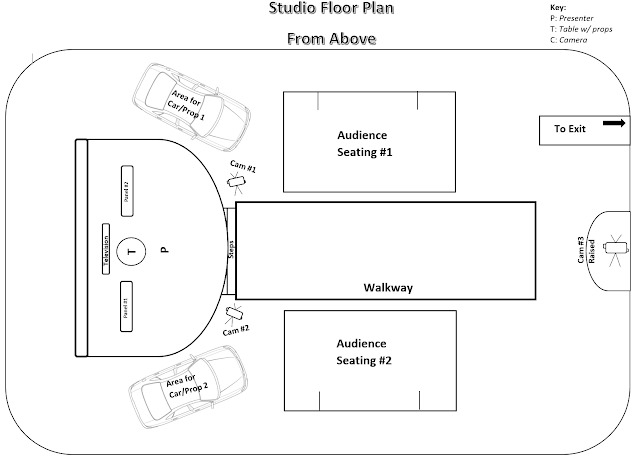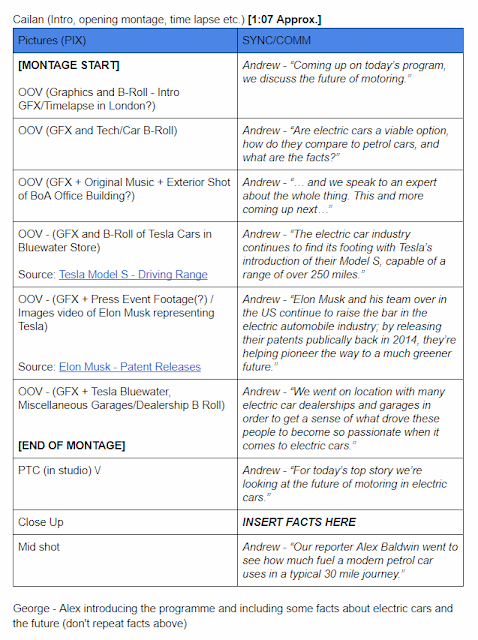Contextual Studies | Soap Operas
This lecture was all about the ways in which soap operas are so heavily influenced by current events, are focused on storylines and have changed over the years. This lecture involved a screening of the very first episode of Eastenders back in the 1985.
 |
| Louis talks us through the idea of British Social Realism. |
Soap Operas
- Analysis of the soap opera as genre
- Codes and conventions of soap genre
- Some possible critical approaches
[Eastenders Screening]
British Soap Operas take a while to build up a good set of writing talent etc, this is because unlike American counterparts, they do not have a ‘writer’s room’.
- Set in the fictional London borough
- Initially broadcast twice a week
- First episode attracted 17m viewers
- Storylines set around Beale and Fowler families
- First UK soap to feature culturally diverse cast fro opening episode
What is a ‘soap opera’?
- Serial melodrama, primarily dealing with family and emotional issues.
- Originated in US, aimed at housewife demographic
- Sponsored by detergent companies, hence the name ‘soap opera’
- All soap operas share common codes and conventions
Soap Opera - Technical conventions
- Multi-camera
- Limited sets
- Diegetic sound
- Early soaps transmitted live or recorded ‘as live’
- HD technology has required more ‘realistic’ sets, but also now allows shooting in natural or low-light for additional realism
American Soap Operas often use non-diegetic sounds like music inserted in post production.
Soap opera narrative conventions
- Episodic format - typically 30 minutes. Open-ended storylines with episode cliffhangers (to sustain audience)
- Repetition - relies on stock characters and locations returned to in each episode
- Resolution - serial form means constantly evolving; soap plots may take weeks, months or even years to be resolved.
Every soap opera relies on repetition of these stock plot conventions to renew their storylines and characters, and make dramatically relevant to audience.
Symbolic Conventions
Mise en Scene
- Classic ‘social realist’ British soaps rely on communal locus, where disparate characters meet and interact
- Limited sets offer continuity and audience identification
Soap Opera Archetypes
- The Matriarch: dramatic centre
- The Lothario: sex, propels plot
- The ‘victim’: audience empathy
- The ‘innocent’: corruptible, changes
- The ‘bad boy/girl’: stock villain, agency
Critical approaches to genre
- Realism - are soaps realistic? Changing forms: ‘teen soaps’ such as Hollyoaks, soap influence on reality TV
- Representation - challenge of diversity vs stereotypes; changing social attitudes
- Reception Theory - how audiences consume soap (uses and gratifications); contract between producers and viewers
Blumler & Katz: uses and gratification
- Diversion (Escapism)
- Personal Relationships (social interaction, either with the fictional characters or through dialogue with others.
- Personal Identity (audience identification)
- Surveillance (programme informs or challenges our world view on topical or social issues)


Comments
Post a Comment